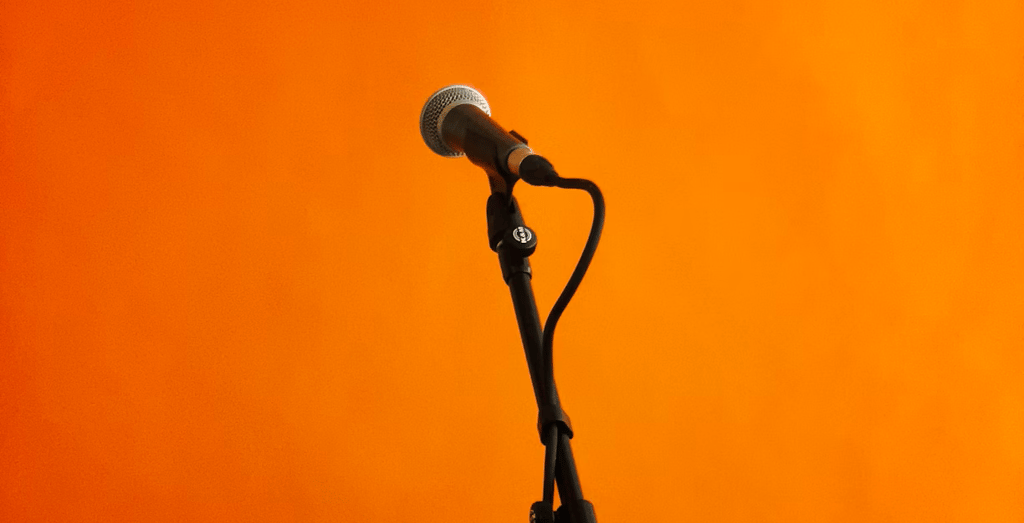Voice Synthesis for Non-Singers: Creating Vocals Without a Microphone
Craft Realistic Vocals Using Only Software and Your Imagination
EXPLORETECHNOLOGY
Servo Sapiens


Ever had a melody in your head but no way to sing it out loud? Maybe you're a producer, a beatmaker, or just starting out in music—but singing isn't your thing. Good news: with modern voice synthesis tools, you don’t need a microphone or singing skills to bring vocals into your music.
In this post, we’ll explore how anyone—even complete beginners—can create lead vocals, background harmonies, or even experimental vocal textures using AI-generated voices.
🎤 What Is Voice Synthesis?
Voice synthesis is the process of generating a human-like singing or speaking voice using software. Think of it as a virtual singer. You input the melody and lyrics, and the software sings it back using a realistic-sounding voice.
Thanks to recent AI advances, these tools have become incredibly expressive, customizable, and—most importantly—accessible to non-singers.
💡 Why Use Voice Synthesis?
Here are a few reasons to consider using AI vocals in your tracks:
No need for a microphone or treated room
No vocal training required
Instant access to harmonies and layers
Endless creative voices to choose from
Perfect pitch and timing every time
Whether you're producing lo-fi beats, EDM drops, or cinematic soundscapes, voice synthesis opens up new possibilities for storytelling and emotion.
🔧 Tools to Get Started
Here are some beginner-friendly platforms to create synthetic vocals:
1. Emvoice One
Plugin-based vocal synthesizer (VST/AU)
Includes realistic male and female voices
Type in lyrics and MIDI melodies
Ideal for songwriting and pop-style vocals
🟢 Pros: High-quality sound, DAW integration
🔴 Cons: Paid voices (limited free trial)
2. Synthesizer V
A powerful singing voice synthesis engine
Offers both standard and AI voices
Supports multiple languages and expressive editing
🟢 Pros: Extremely expressive; free basic version
🔴 Cons: Learning curve for detailed edits
3. Vocaloid
One of the most well-known vocal synth platforms
Great for J-pop, EDM, and experimental genres
Large community and voice library
🟢 Pros: Deep customization, polished results
🔴 Cons: Paid software; might feel complex for beginners
4. Online AI Voice Tools (No DAW Needed)
Voicery, FakeYou, and Uberduck let you generate vocals directly from text.
Many offer singing options or "rap voice" features.
🟢 Pros: No downloads, instant results
🔴 Cons: Less control, more robotic sound
🎼 How to Use Synth Vocals in Your Track
Here’s a quick workflow to get you started:
Write Your Lyrics – Keep it simple and clear to start.
Create a Melody – Use your DAW’s piano roll or a MIDI keyboard.
Load the Synth Plugin or Website – Input your lyrics and melody.
Choose a Voice – Try different vocal tones to match your track.
Tweak Expression – Adjust dynamics, pitch bends, or timing for realism.
Export and Import – Render your vocal and drop it into your DAW.
From here, you can mix it like any audio track—add reverb, EQ, compression, or layer harmonies.
🎨 Creative Uses Beyond Lead Vocals
AI vocals aren’t just for front-and-center singing. You can also:
Add background harmonies without recording multiple takes
Build ambient vocal textures with heavy effects
Create character voices for storytelling or sound design
Use vocal chops for electronic genres like future bass or house
🚀 Final Thoughts
Voice synthesis is a game-changer for non-singers. Whether you want to demo your song ideas, add haunting background vocals, or experiment with futuristic sounds, AI voices put powerful tools in your hands—no mic required.
So go ahead: write a lyric, drop in a melody, and let your virtual singer bring it to life.
🔁 Next Up: Want to explore vocal effects like vocoders, pitch shifting, and autotune? Stay tuned for our beginner’s guide to vocal processing!
© Servo Sapiens 2025. All rights reserved.